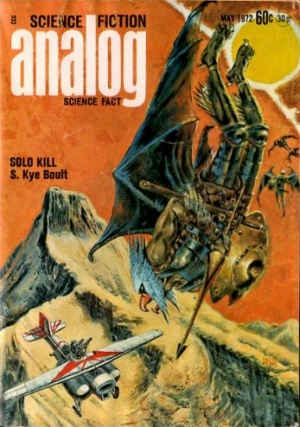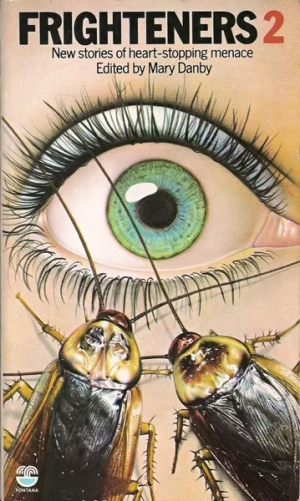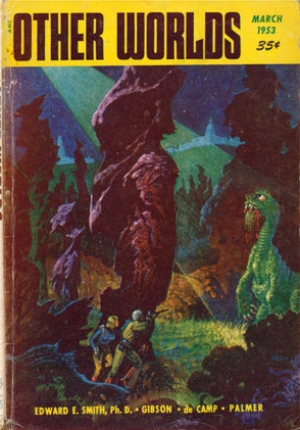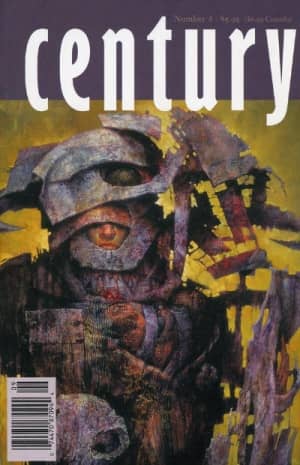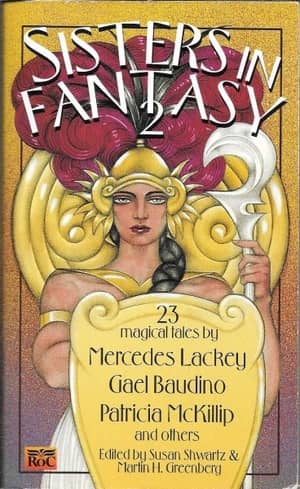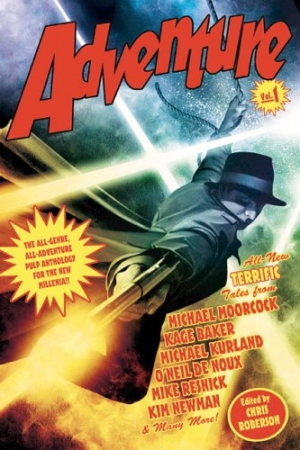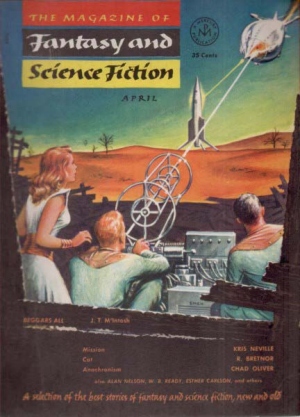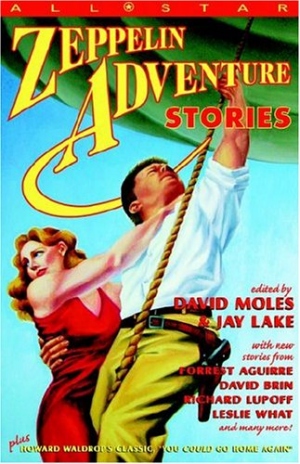Birthday Reviews: Rick Norwood’s “Portal”
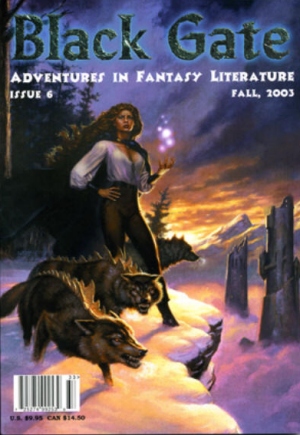
Rick Norwood was born on August 4, 1942.
Norwood published his first piece of fiction in 1972, following up with several stories in 1982, and then began publishing fiction again in 2003 with “Portal.” He was active in the nderground comic scene, editing God Comics and writing essays and articles for various comic magazines and websites. He also earned a Ph.D. in Mathematics and has taught since the early 1980s.
“Portal” appeared in the sixth issue of Black Gate magazine, released in Fall 2003 and edited by John O’Neill. The story has not been reprinted.
Ostensibly, “Portal” is the story of Ian, an escaped serf who is eluding capture and working temporarily at a fair for Stolnesserene, who runs a Blade Maze, a chance for people to try to reach into a box containing a series of razors and blades to retrieve a sword. However, rather than focus solely on Ian, the stories jumps between him, his boss, Ian’s friend Tod, and Carver, an art dealer who is also on the fair circuit and is intent on retrieving the blade from the maze.
Norwood follows each of these characters to some extent, but in a manner that indicates there is more to the story than he is sharing, not necessarily in background, although that clearly has depth, but in the future. As such, “Portal” almost comes across as a vignette rather than a full story. The title takes its name from an ability that Ian has to create portals that open to other worlds. These portals are not fully understood by the inhabitants of Ian’s world and when he first opens one accidentally, his father berates him. In the course of “Portal,” Ian enters one of the doorways he creates, which may be the first time someone has gone through and come back, further pushing the idea that this story is part of a larger whole.
“Portal” has the feel of the opening chapter of a much longer work, whether a series of short stories set in the same world or a novel. Norwood introduces several characters as well as their situations and includes prediction about Ian and Tod without showing how their fate will play out or even if they will live up to the expectation laid before them. Ian’s backstory opens “Portal,” and although his concern at being captured runs through much of the story, it isn’t picked up again, further providing the feel that Norwood is positioning this story as the opening of a novel.
